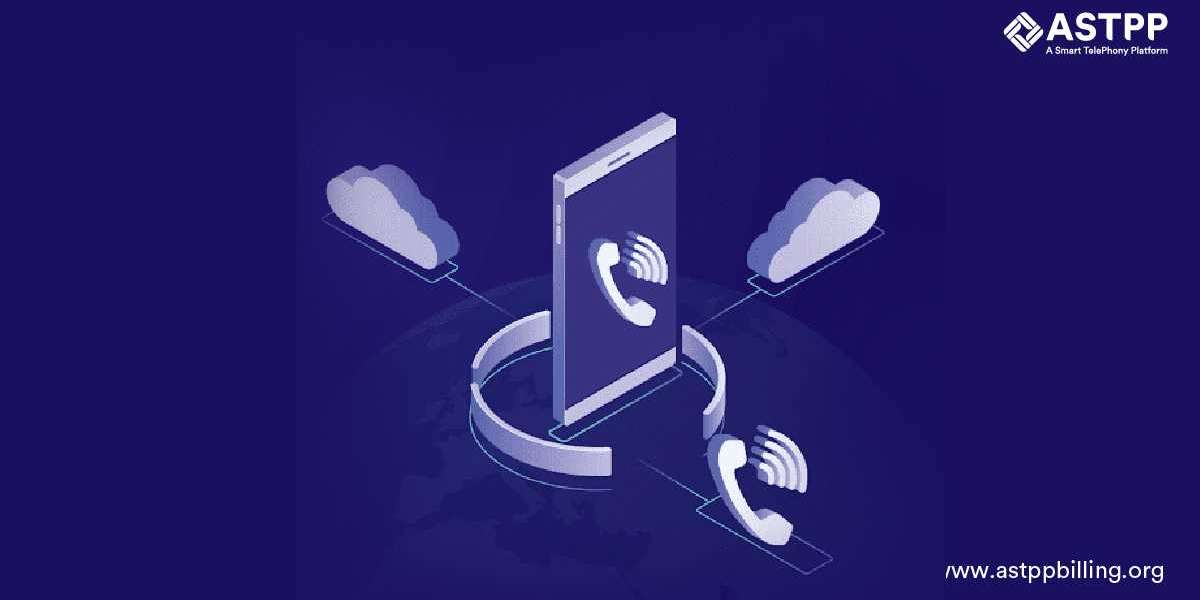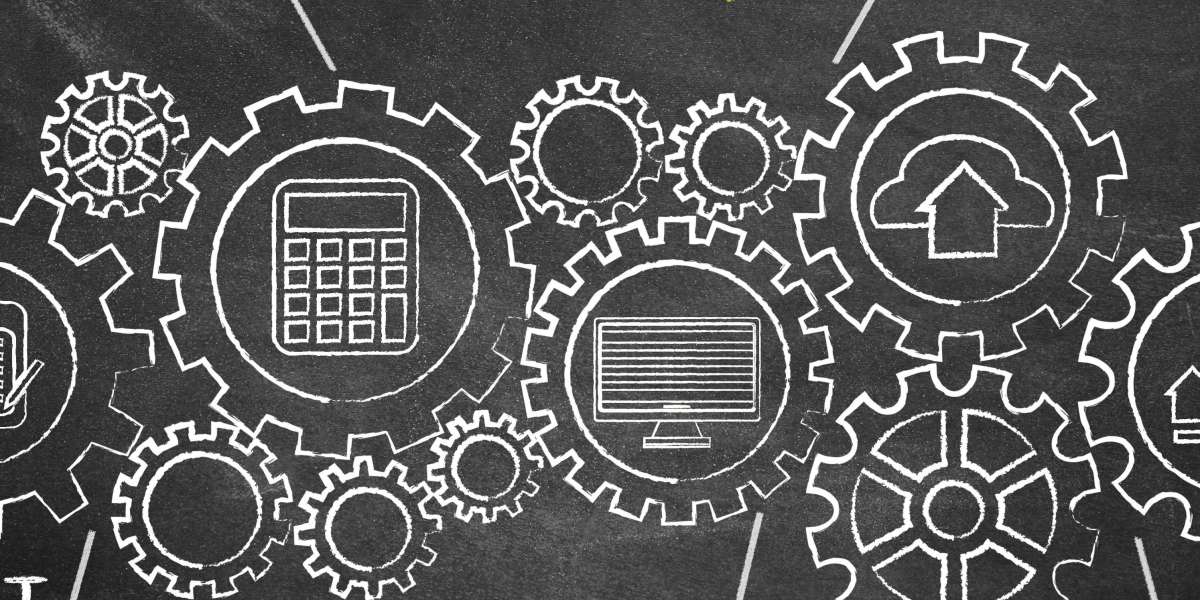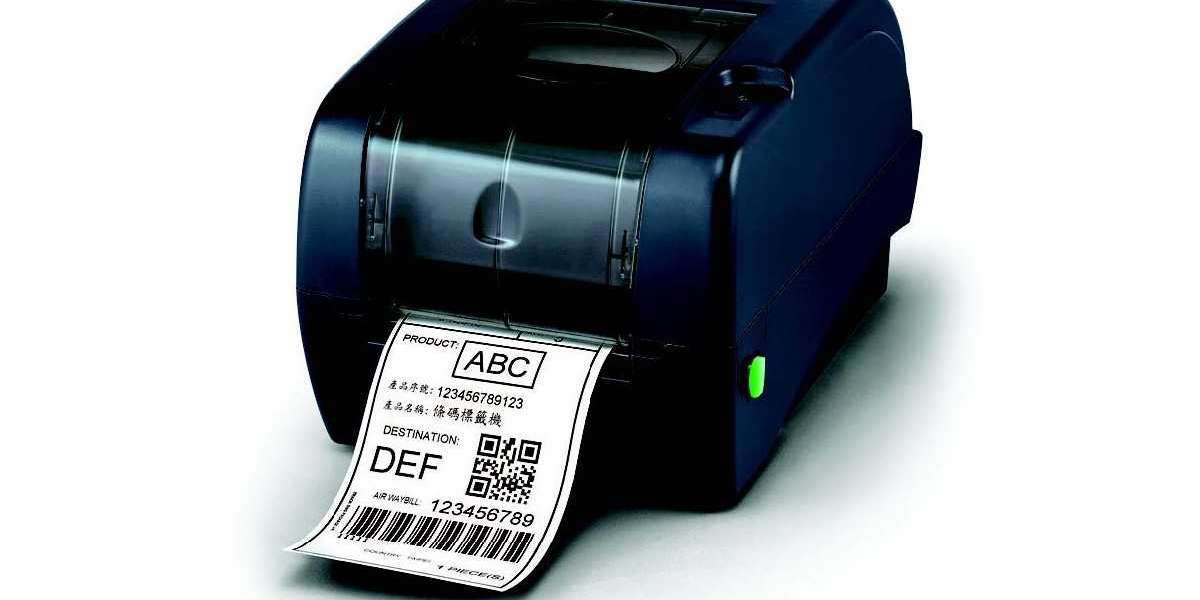In today’s rapidly evolving communication landscape, where trust and security are paramount, caller authentication technologies have become a vital component of ensuring the integrity of voice communications. While the implementation of STIR (Secure Telephony Identity Revisited) and SHAKEN (Signature-based Handling of Asserted information using toKENs) protocols has marked a significant step forward in combating caller ID spoofing and fraud, the realm of caller authentication continues to witness innovative advancements that extend beyond the scope of STIR/Shaken.
The STIR/Shaken Framework: A Brief Overview
STIR/Shaken, a framework developed to counteract fraudulent caller ID manipulation, has gained widespread adoption within the telecommunications industry. The STIR protocol focuses on authenticating the calling party’s identity, while the SHAKEN protocol assigns an attestation level to the caller’s identity verification. This attestation level indicates the level of trust associated with the caller’s identity.
While STIR/Shaken has effectively curbed a substantial portion of illegal robocalls and caller ID spoofing, it is not without its limitations. The protocols primarily rely on cryptographic signatures and certificates, assuming that both the originating and terminating service providers are participating in the framework. However, in reality, not all service providers are equipped to implement STIR/Shaken effectively, leading to gaps in the system’s efficacy.
Diverse Approaches to Caller Authentication
Recognizing the evolving threat landscape and the need for comprehensive caller authentication, several innovative technologies are emerging that supplement the STIR/Shaken Solution . These technologies aim to enhance caller identity verification, reduce false positives, and further secure voice communications.
- Behavioral Analysis: One promising avenue is the use of behavioral analysis to authenticate callers. By analyzing patterns of speech, call history, and device usage, systems can establish a baseline of normal behavior for each user. Deviations from this baseline could indicate fraudulent activity, triggering additional verification steps. Behavioral analysis adds an extra layer of security by considering the unique characteristics of each individual’s communication behavior.
- Voice Biometrics: Voice biometrics, another innovative solution, leverages the distinct vocal characteristics of individuals for authentication. Just as fingerprints and facial features are unique, a person’s voiceprint is also highly distinctive. This technology can accurately verify the caller’s identity by comparing their voiceprint with a pre-registered sample. Voice biometrics can significantly reduce the reliance on cryptographic signatures and certificates, making the authentication process more user-friendly.
- Blockchain-Based Identity: Blockchain technology is gaining traction as a means of enhancing caller authentication. By storing call-related information on a decentralized and immutable ledger, blockchain ensures the integrity and provenance of data. Caller identity information and call records can be securely stored and verified using blockchain, providing a tamper-resistant solution that can be accessed by participating service providers.
- Multi-Factor Authentication (MFA): Building on the principles of multi-factor authentication used in digital security, MFA for voice communications involves combining multiple authentication factors. These factors could include something the caller knows (PIN or passphrase), something they have (device authentication), and something they are (voice biometrics). This approach offers a higher level of confidence in caller identity while maintaining a user-friendly experience.
- Artificial Intelligence and Machine Learning: AI and machine learning algorithms have the potential to continually adapt and refine caller authentication processes. These technologies can analyze a vast amount of data, such as call history, user behavior, and network patterns, to identify anomalies and potential fraudulent activity. Over time, the system becomes more adept at differentiating between legitimate and malicious callers.
The Road Ahead: Challenges and Opportunities
While these innovations hold immense promise, they also pose challenges that need to be addressed. Interoperability between different authentication technologies and standards is crucial to ensure seamless communication across diverse networks and service providers. Moreover, issues related to privacy and consent must be carefully navigated to avoid infringing upon users’ rights.
The ongoing battle against caller ID spoofing and fraud requires collaborative efforts from stakeholders across the telecommunications ecosystem. Governments, regulatory bodies, service providers, and technology developers must work together to establish unified standards and guidelines that encompass a broad range of caller authentication approaches.
In conclusion, while STIR/Shaken has been a groundbreaking step in the fight against caller ID spoofing and fraud, the landscape of caller authentication continues to evolve. The innovative technologies discussed above are emblematic of the industry’s determination to stay ahead of malicious actors and provide users with secure and trustworthy voice communications. By embracing a diverse array of authentication methods and fostering collaboration, the telecommunications industry can build a future where callers can trust the voices on the other end of the line.








